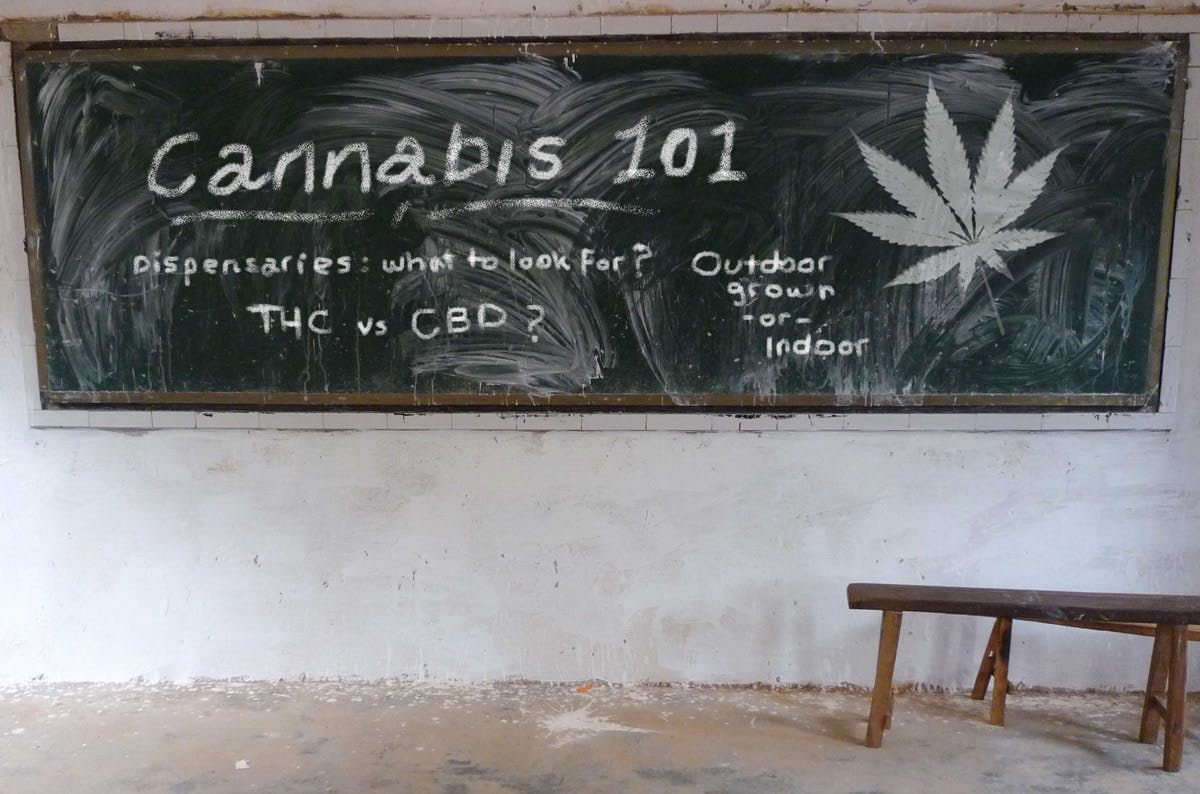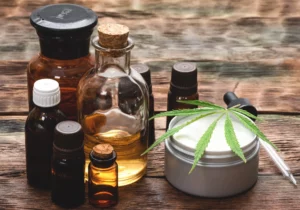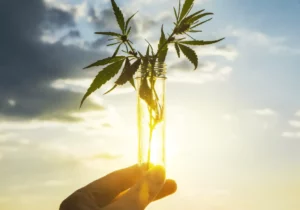You’ve finally decided to try cannabis. Some of you may have secured a medical cannabis recommendation. Whether you have or not, you may be confused as to what you need to know before you make your first purchase. This isn’t uncommon for new cannabis consumers seeking to try marijuana to improve their health and wellness.
Below is a quick guide that will help put you on the path to finding the right medicinal marijuana for you.
Know Which Symptoms or Condition You Want to Treat
If you have a serious medical condition which medical marijuana may help, always consult with a doctor first. Meanwhile, a knowledgeable cannabis consultant should be able to advise you on which products will help with specific symptoms.
- Different cannabis strains help with different symptoms.
- Sativa is commonly known to be uplifting.
- Indica is commonly known to be more of a sedative.
- Seek the advice of a reputable cannabis consultant, or budtender—the patient advisor at a dispensary or shop.
- A reputable dispensary or shop should have in-depth knowledge on all of its products.
The Importance of Cannabinoids
Cannabinoidsare what makes the cannabis plant so unique. There are over 100 known cannabinoids.
- Cannabinoids react with our body’s own endocannabinoid system.
- Cannabinoids bind to either the CB1 or CB2 receptor in our brain.
- The two most well-known cannabinoids are THC and CBD.
- Tetrahydrocannabinol THC is a psychoactive cannabinoid.
- Cannabidiol CBD is a non-psychoactive cannabinoid.
- High-CBD products are a great option for people who don’t want to get high.
- CBD counteracts the psychoactivity of THC.
- THC and CBD—along with a number of other cannabinoids and terpenes—work together synergistically to treat illness. This is called the entourage effect.
The Percentage or Ratio of CBD to THC
It’s important to consider the ratio of CBD to THC as they influence the plant’s effects on your body.
- Marijuana flower will list the ratio of THC to CBD by percentage.
- A large majority of marijuana flower (bud) is very high in THC, the psychoactive component.
- If you’re seeking a non-psychoactive flower, ask for a high-CBD strain.
- Products other than marijuana bud most often list the ratio of CBD to THC and will be in milligrams.
- If shown in a ration, CBD comes first, followed by THC in California. For example, a 1:1 ratio is most often somewhat psychoactive, and an 18:1 ratio would not be psychoactive at all.
- Meanwhile, THC precedes CBD in New York formulations.
- Always read the instructions on packaged products, and know what you’re purchasing. Make sure the products you buy are lab tested; this is important for your safety and health.
- Although products may be labeled, the information may be inaccurate depending on the product manufacturer.
Reactions to Cannabis Differ
Every person is unique when it comes to marijuana, and how you react may be different to how your friend or family member reacts.
- Reactions differ to not only the main cannabinoids, but to different products as well as dosages.
- Before you begin, know if you’re comfortable with the feeling of getting high.
- Start with a small dose. If you smoke, take a half-second puff and wait 10 minutes to see how your body reacts.
- If you buy a product, such as an edible, read the label carefully and take a quarter to half the recommended dose the first time. It can take anywhere from 45 minutes to two hours to feek the effects of an edible.
- Always wait to see how your body reacts before ingesting more marijuana.
- Different products take longer to take effect. Also, a number of other factors—like what and when you ate, your gender, mental state and more—can influence the onset of marijuana’s effects. So, be patient.
- Microdosing is key—start small and work your way up to the recommended dosage.
Many Forms of Marijuana Available
The world of cannabis has been blown open with a wide array of shapes and forms. You don’t have to smoke your medicine anymore.
- Flowers, or strains, refer to the unprocessed green marijuana flower you can buy at the dispensary.
- Pre-rolls are joints made from different cannabis strains.
- Edibles encompass all foods and technically drinks that can be taken orally.
- Concentrates come in the form of cartridges for vape pens as well as oils, waxes, kief, hash and rosin.
- Capsules are pills that can be taken; these are often high in CBD.
- Vape pens allow you to ingest marijuana from an oil cartridge with a discreet pen.
- Sublingual cannabis come as tablets, sprays, tinctures and strips to dissolve in your mouth or under your tongue, and can take effect quite quickly.
- Marijuana-infused topicals include oils, creams, lotions, balms and salves—all of which provide localized relief.
- Meanwhile, cannabis transdermal patches release small amounts of medicine into the bloodstream over a long period of time.
Outdoor-Grown, Indoor-Grown or Greenhouse Marijuana
Marijuana is primarily grown indoors, outdoors or in a greenhouse.
- Indoor-grown cannabis typically sports higher prices than outdoor-grown marijuana does, because it costs more to grow cannabis indoors. As well, the controlled environment of an indoor grow can result in higher-quality cannabis.
- Outdoor-grown marijuana may be less “kind” than indoor plants because its exposed to the elements. However, outdoor marijuana also takes advantage of the natural light to produce more complex terpene and cannabinoid profiles.
- Greenhouse marijuana is grown in a partially controlled environment and hovers somewhere between indoor and outdoor in terms of quality.
- In any case, before you buy medical marijuana, the end product should be lab tested for chemicals and bacterial growth that may be hazardous to your health.
If you’d like to receive your medical marijuana recommendation, HelloMD facilitates an online doctor’s consultation with one of our knowledgeable cannabis doctors. The process is easy, private and 100% online.






